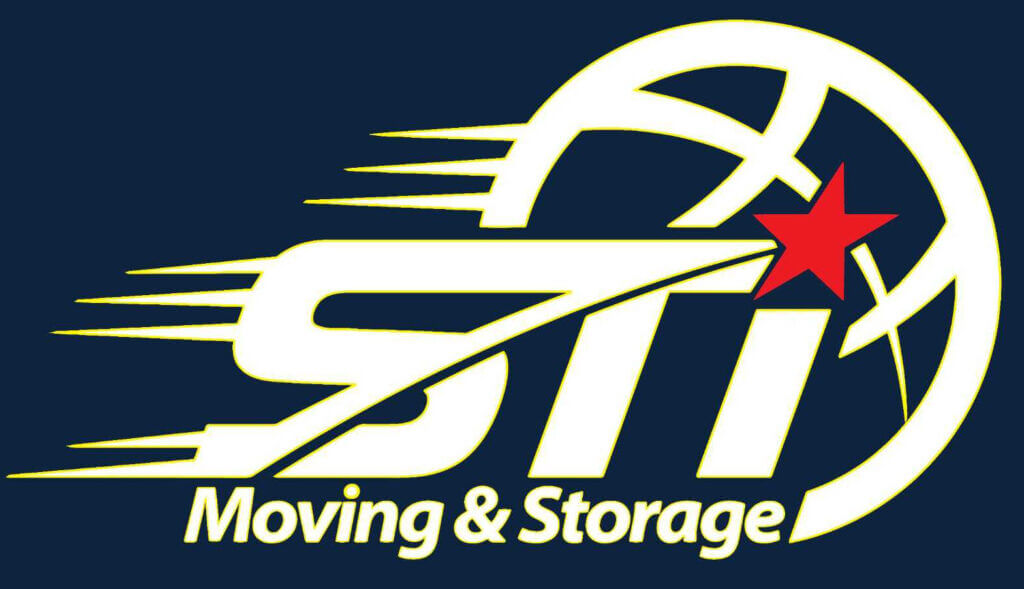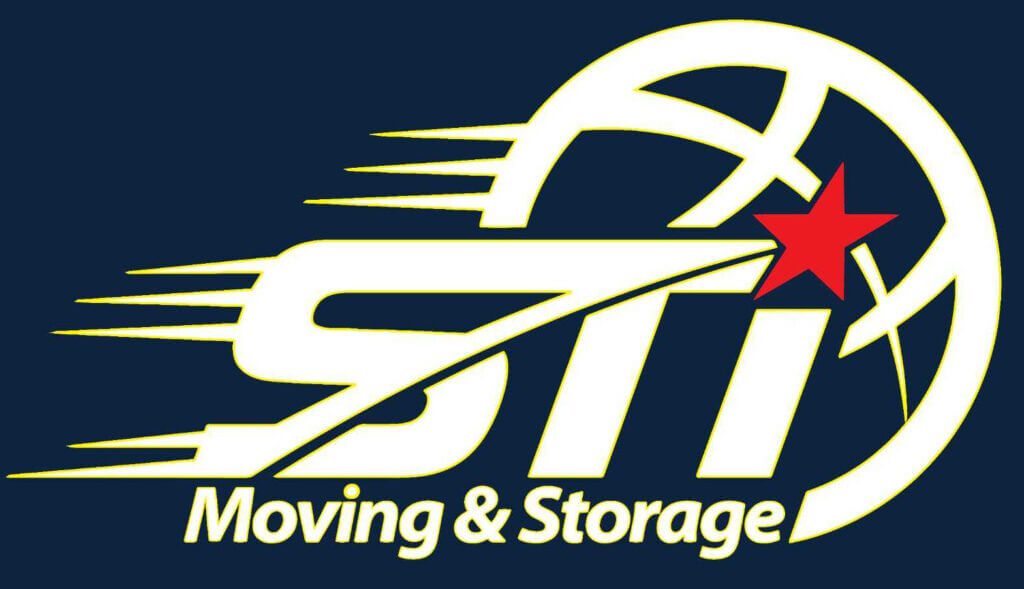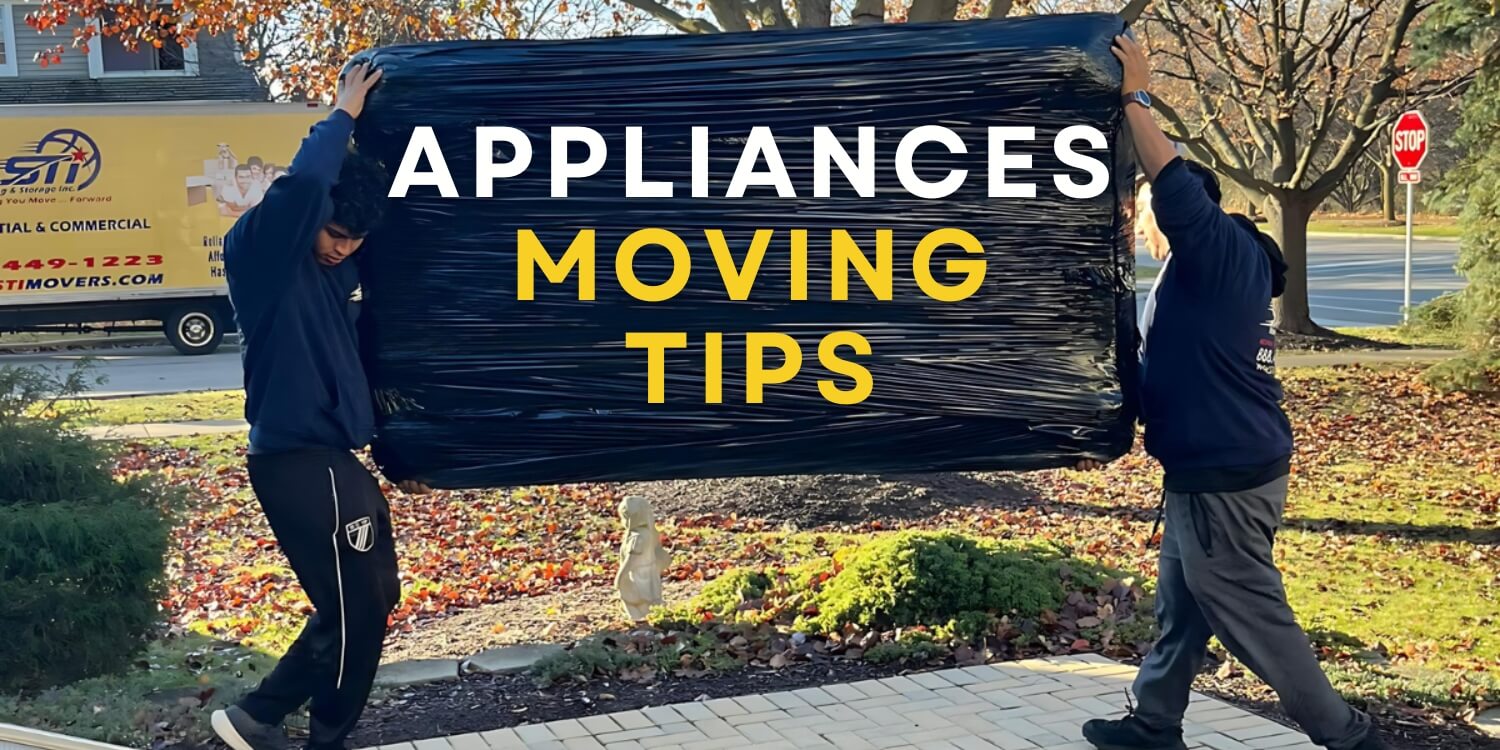Before you move your large appliances, make sure they are fully cleaned and dried. This prevents mold and mildew. If your stove still has grease on it, it can collect dirt or even stain other items during the move. Also, be sure your fridge and freezer are completely dry—especially if they have an ice maker—so there’s no risk of water leaking or causing damage later.
Refrigerator Moving Tips
Start by throwing out any perishable food. Also, double-check which items aren’t allowed to be moved.
- Unplug the fridge and take out all the removable parts. Wash and dry everything well. Leave the fridge and freezer doors open for a while so all the moisture can dry up.
- Pack any loose parts like shelves and bins into a strong, secure container.
- Vacuum the condenser or compressor to clear away dust, and clean and dry the evaporator pan too.
- If your fridge has a water dispenser or ice maker, turn off the water supply and disconnect the water line. Also, empty the water reservoir.
- For older models, the compressor or motor might need to be secured with bolts before moving.
When setting the fridge up again, have a professional reconnect the water and ice lines. You might need copper tubing, a shut-off valve and the right fittings.
Dishwasher Moving Tips
Before moving your dishwasher, clean and dry it completely. Unhook the hoses and let any leftover water drain out. Leave the door open for a few days so it can air out properly. Once the hoses are dry, wrap them in towels or packing paper and store them inside the dishwasher to keep them safe during the move.
Washing Machine Moving Tips
Start by cleaning your washing machine and letting it dry fully. Then, disconnect the hoses and drain any leftover water.
Wrap the metal ends of the hoses with a towel and put them inside the washer so they don’t get damaged or lost.
To stop the drum from shifting during the move, follow the instructions from the manufacturer to secure it. If you don’t have the manual, you can buy a washer moving kit—it usually includes screws to lock the drum in place. Not sure how to do it? You can hire a pro for help.
When you reach your new home, have a professional set it up the right way.
Clothes Dryer Moving Tips
Before cleaning your dryer, make sure it’s unplugged or turned off from the power source.
Clear out the lint screen to remove any buildup.
At your new home, don’t plug it in right away. First, check that the power supply matches what the dryer needs.
Tip: If you have a gas dryer, only a trained technician should disconnect it and seal the gas line safely. Movers aren’t allowed to handle gas lines but your moving company’s estimator can help arrange a qualified pro for the job.
Stove/Range/Oven Moving Tips
Clean your stove or oven thoroughly before the move. Remove parts like racks or burners and pack them in a clearly labeled box so you can find them easily later.
If you’re moving a gas stove, a certified technician must disconnect it before moving day. The gas line also needs to be sealed safely.
For electric stoves, you usually don’t need any special steps at your current home.
At your new place, if you’re setting up a gas stove, make sure a licensed gas installer does the job. They’ll check the gas supply, hook everything up, seal it properly, light the pilot and handle the full setup.
Microwave Oven Moving Tips
Take out the glass tray from your microwave, wrap it carefully and pack it in a box to keep it safe.
If you still have the microwave’s original box and it’s in good condition, use it. If not, choose a strong box and add plenty of padding for protection.
For bigger microwaves, ask your moving company if they can cover it with moving pads on moving day.
Never wedge cardboard in the door to keep it open—it might bend or damage the door.
When you set it up in your new home, make sure the exhaust vent isn’t blocked.



